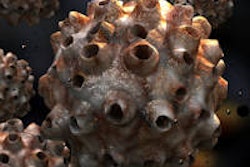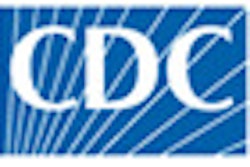Vaccines for human papillomavirus (HPV) have shown they can prevent the disease, but many countries do not have the resources for national vaccination programs, according to a literature review of HPV treatments (Viral Immunology, June 12, 2012, Vol. 25:3, pp. 174-186).
Researchers from the University of Southern California and the Georgetown University School of Medicine reviewed the recent medical literature to evaluate the potential for reducing illness caused by HPV infection and the cost-effectiveness of expanding routine HPV vaccination to include young males.
Including men in vaccination programs would lead to increased immunity to the disease, the review authors concluded. However, the body of literature on the topic has demonstrated that the costs of male HPV vaccination may outweigh the benefits, they noted.
Two vaccines (Cervarix and Gardasil) are currently available to protect females against the HPV types that cause most cervical cancers. The U.S. Centers for Disease Control currently recommends both for 11- and 12-year-old girls and for females 13 through 26 years old who did not get the three recommended doses when they were younger.
Gardasil has been approved by the U.S. Food and Drug Administration (FDA) for use in females and males ages 9 to 26. Cervarix has been approved by the FDA for use in females ages 10 to 25. Generally, both vaccines have proved to be extremely effective in preventing infection in patients by the vaccine-specific HPV types, the study noted.
The HPV vaccine is currently being considered for U.S. males in an effort to reduce the incidence of cervical intraepithelial neoplasias and other HPV-associated morbidities.
Public information concerning HPV vaccination in the U.S. has been mainly based on the marketing campaigns of pharmaceutical companies and not on information provided by physicians. However, this educational strategy does not encourage males to get the HPV vaccines. Since there is no publicly funded male vaccination program for U.S. schoolchildren as there is in other developed countries such as Australia, effective distribution of the vaccine is challenging, the researchers found.
As a result of insufficient marketing and distribution strategies, there has been low utilization of the vaccine and an unnecessarily high incidence of HPV infection.
The most prudent programs will include patient education and programs for vaccination and screening. Unfortunately, many countries do not have the necessary resources to undertake national vaccination programs, the study authors noted.
Disclosures: Georgetown University and Richard Schlegel, MD, PhD, one of the study co-authors, receive royalty payments for the development and commercialization of the HPV vaccine technology. Dr. Schlegel is co-inventor of technology on which HPV vaccines were developed.



















